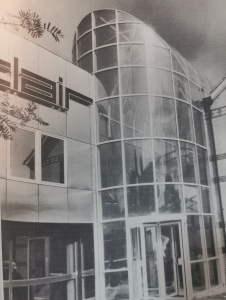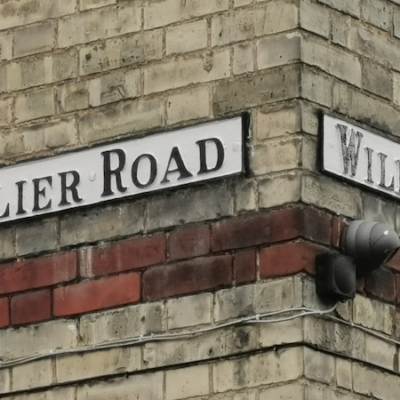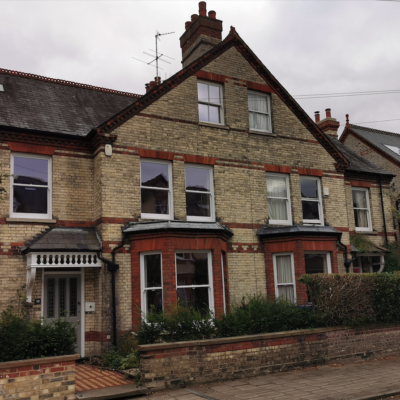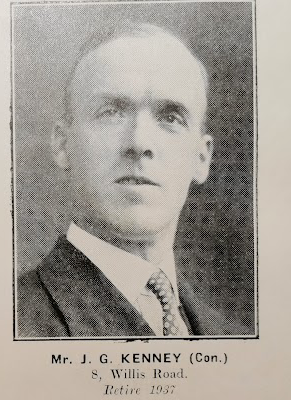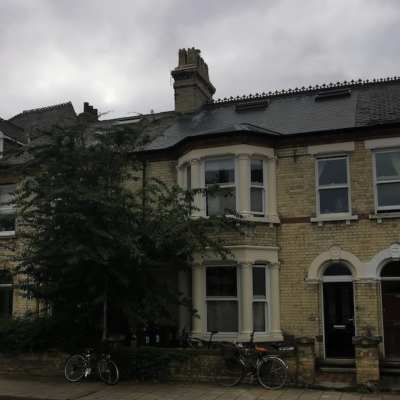Search by topic
- archaeology
- Building of Local Interest
- chapel
- charity
- church
- crime
- dressmaker
- fire
- Great Eastern Railway
- Listed building
- Mapping Relief
- medieval
- oral history
- poverty
- Public House
- Religious House
- Roman
- scholar
- school
- Then and Now
- tudor
- women
- work
- world war one
- world war two
Search by text
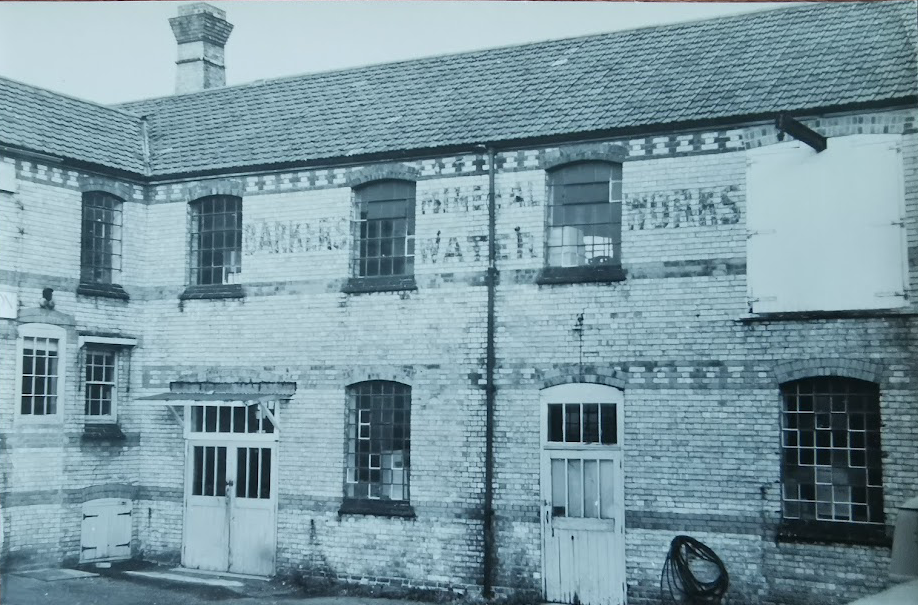 Barker's Mineral Water factory, Willis Road (MoC102/71)
Barker's Mineral Water factory, Willis Road (MoC102/71)25 Willis Road
History of 25 Willis Road
1896 Barker & Sons
Barker & Sons was set up by Charles Henry Barker in the 1880s. He was the son of a shoemaker, born in Waterbeach in 1831, but lived much of his life in Petersfield and was a soda water manufacturer by 1861.
The main building at 25 Willis Road was built in 1896 followed by stables and sheds at the rear.
When Charles Barker died in 1914 probate listed his effects as £12,030 8s. 6d, which is around £1.2 million in 2025.
The soft drinks industry shrunk after the end of the Second World War and competition became fierce and so in 1948 Barker & Sons and local competitor Wadsworth’s agreed to merge.
1948 Barker and Wadsworth
In 1960 Barker and Wadsworth was dissolved, only to be reborn as a new company, Barker and Wadsworth (1960) Ltd, a week later.
1964 John Moore and Beeson, stationery suppliers
In 1964 Barker and Wadsworth (1960) closed down and the equipment at Willis Road was sold to a competitor named Baldry’s Soft Drinks – based in Diss but with a factory on Gold Street in Cambridge.
Jack Baldry had been an apprentice at Barker & Sons and was too young to enlist in the First World War. He practically ran the business whilst the senior staff were away and, on their return, wasn’t happy at resuming his old, more junior, role. So, in 1923, Jack launched his own company which continued to operate well into the 1970s.
The building itself was bought by Moore and Beeson who specialised in the supply of office equipment, typewriters and stationery and was used mainly as offices and a warehouse. They continued to expand the site, converting the stables into a two-storey office building in 1974 and the garages into more office space in 1981.
1982 Sinclair Research Ltd
The city council grants a change of use for the building to offices and research laboratories in January 1982, and Clive Sinclair employs local architects Lyster, Grillet & Harding to “redesign, alter and extend” the site.
They create the atrium which joins together the main building, the offices on the left built by Moore and Beeson (once the stables) and the office at the back (once the garages).
1986 Cambridge College of Arts and Technology
Sinclair Research had cashflow problems and sold the building to the County Council in December 1985 who then leased it to the Cambridge College of Arts and Technology for a peppercorn rent to house their new data centre.
CCAT took possession in June 1986 and were moved in by the Autumn ready for the new term.
As of 2025 the building is still used by Anglia Ruskin University (successor to CCAT) as their data centre.
Contribute
Do you have any information about the people or places in this article? If so, then please let us know using the Contact page or by emailing capturingcambridge@
License
This work is licensed under CC BY-NC-SA 4.0





